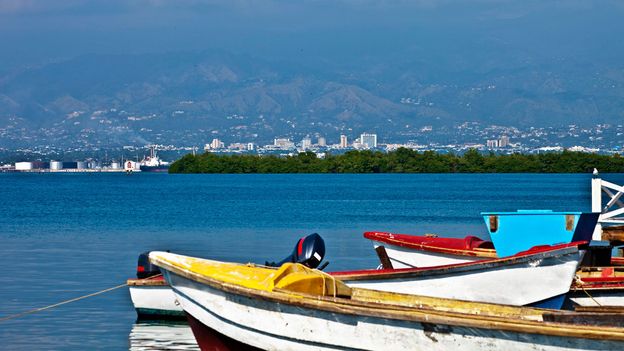For nearly 900 years, the soaring spires and fortified walls of the hilltop Convent of Christ citadel have stood guard over the sleepy central Portuguese city of Tomar. Built in 1160 as a headquarters of the mysterious Knights Templar Catholic army that served the Pope, this sprawling, Unesco-inscribed Romanesque, Gothic and Baroque stronghold served as a fitting centrepiece of the Templar’s power in Portugal for 400 years.
But if you gaze down from the convent’s lofty ramparts and search outside the city walls for a tiny church across the Nabão river, you’ll find one of the world’s most important – if overlooked – Templar sites: the Church of Santa Maria do Olival.
Predating the castle, this seldom-visited Gothic church was built at the behest of crusader and Knight Templar Gualdim Pais to serve as the holy pantheon for the Order of the Knights Templar. In addition to becoming an important site for underground Templar initiation rites over the centuries, the church also holds the remains of some of Portugal’s most famous Knights – including Pais. And because Tomar helped launch Portugal’s 15th-Century maritime expansion, spearheaded by Henry the Navigator (a well-known Knight himself), this unassuming stone church became the spiritual centre of all Portuguese churches built overseas – leading some to declare it the “Vatican” of the Templars.
Today, from the five-pointed star above the main entrance to the fact that the church itself is built below ground, this Portuguese National Monument remains coded with Templar symbolism. A labyrinthine system of tunnels is also rumoured to connect the hilltop castle with the church, roughly 1.5km away. These underground tunnels even helped local Templars evade a Moorish siege in 1190. These days, many of the secret chambers that Pais and the Knights used to escape their invaders are still visible in the forests surrounding the hilltop castle.
BBC Travel’s Mysteries of the Knights Templar tracks down the secret sites and mysterious ceremonies of what was once one of the most powerful and wealthy organisations in Europe.
This video is also part of BBC Reel’s Hidden Histories playlist.
—
Join more than three million BBC Travel fans by liking us on Facebook, or follow us on Twitter and Instagram.
If you liked this story, sign up for the weekly bbc.com features newsletter called “The Essential List”. A handpicked selection of stories from BBC Future, Culture, Worklife and Travel, delivered to your inbox every Friday.



























